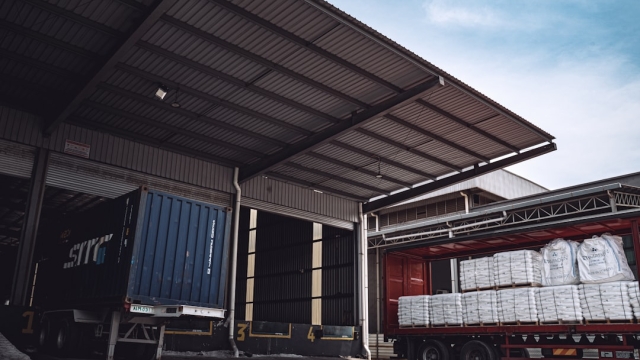Efficient ice production is a critical component across various sectors, including food and beverage, healthcare, and hospitality. Whether it’s for preserving perishables, ensuring safe transportation, or enhancing customer experiences, the ability to produce ice efficiently can significantly impact operational costs and service quality. Understanding the technologies, best practices, and methods available for scaling ice production can help businesses optimize their processes and maintain a competitive edge.
Innovative Technologies Transforming Ice Production
Advancements in technology have revolutionized the ice manufacturing process, leading to more efficient ice production. One of the key innovations is the development of advanced refrigeration systems. These systems utilize more effective refrigerants and incorporate variable speed drives that adjust compressor speeds based on the cooling demand. This not only enhances energy efficiency but also reduces wear and tear on equipment, resulting in lower maintenance costs over time.
Another significant technological advancement is the automation of ice production systems. Automated controls allow for precise monitoring and adjustment of the ice-making process, ensuring that optimal conditions are maintained throughout the production cycle. This reduces human error and improves consistency in ice quality. Additionally, integrating IoT (Internet of Things) technology can provide real-time data analytics, helping operators make informed decisions that lead to efficient ice production.
Best Practices for Energy-Efficient Ice Manufacturing
Energy efficiency is paramount in ice production, as energy costs can be a substantial portion of operational expenses. Implementing best practices can lead to significant savings and sustainability. Regular maintenance of ice-making equipment is essential. This includes cleaning condenser coils, checking for refrigerant leaks, and ensuring that all components are functioning optimally. A well-maintained system operates more efficiently, reducing energy consumption and extending the lifespan of the machinery.
Operational adjustments can also contribute to energy savings. For instance, scheduling ice production during off-peak hours can take advantage of lower electricity costs. Additionally, utilizing energy-efficient lighting and insulation in ice storage areas can further enhance overall energy performance. By focusing on these practices, businesses can achieve substantial improvements in their ice production efficiency.
Cost-Effective Methods for Scaling Ice Production
As demand for ice fluctuates, businesses often face the challenge of scaling production without compromising quality. Several cost-effective methods can be employed to achieve this. One effective strategy is to invest in modular ice production systems that can be expanded as needed. This allows businesses to start with a smaller system and gradually increase capacity in response to growing demand.
Furthermore, optimizing the use of storage space can enhance production scalability. By utilizing vertical storage solutions and ensuring efficient inventory management, businesses can maximize the use of available space while minimizing waste. Real-world examples demonstrate that companies employing these methods have successfully increased their output while controlling costs.
In addition to physical scaling, businesses can explore partnerships and collaborations to meet demand fluctuations. Sharing resources or facilities with other companies can provide access to additional production capabilities without the need for significant capital investment.
Conclusion
Efficient ice production is essential for various industries, and understanding the innovative technologies, best practices, and cost-effective methods available can lead to significant operational improvements. By embracing advanced refrigeration systems and automation, focusing on energy efficiency, and utilizing scalable production strategies, businesses can enhance their ice manufacturing processes. As a result, they can provide high-quality ice while reducing costs and improving service delivery. For more insights and resources related to efficient ice production, you can visit CN Ice.

